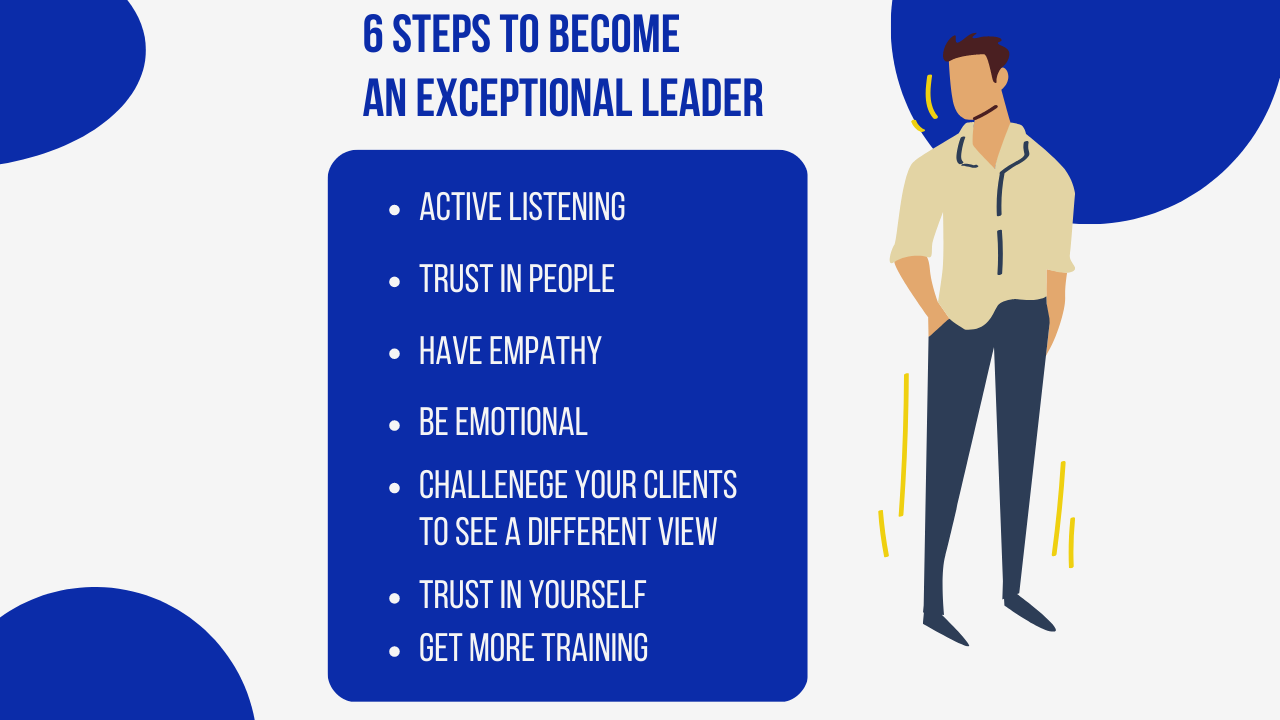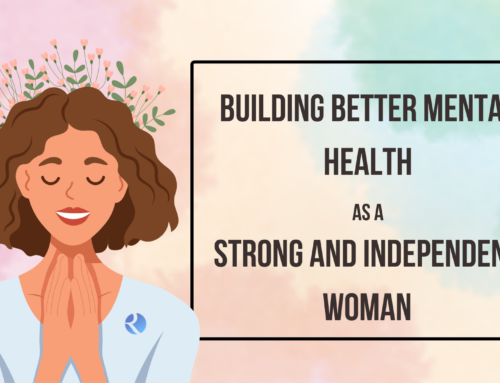
Even coaches need coaching sometimes.
This one is for the leaders, the life coaches, and those who want to contribute something to their corner of the world. We are the people who love watching our work contribute to the betterment of another person’s existence, and we live for the moment when someone says to us, “I couldn’t have done it without your help.” We relish seeing others’ successes and knowing we played a role in helping them get there. We are the leg up, the shoulder to lean on, the inspirational push, and the guiding wisdom.
But how do we get to that place? And what happens when we get stuck while trying to help someone? Even leaders need guidance sometimes, so here are six tips for being a better coach.
As a note, I use the word “client” here for clarity of writing, but you can replace it with “employee” or “friend” or simply just “the person you’re leading.”
1. Practice Active Listening.
Your clients are functional human beings with life experiences shaping their perception and how they operate. They want to feel like you really understand and can empathize with what’s going on for them. They’re more likely to accept your guidance if they feel seen, heard, and acknowledged.
Active listening involves what you say and what you don’t say.
- Body language: when the person is talking, make direct eye contact and make sure you’re facing them fully — maybe even shift your posture, so you’re leaning towards them.
- Interested silence: let the person finish without interrupting and pause before you respond to see if they have anything else to say.
- Put yourself in their shoes: instead of thinking about what you’ll say next, try starting your response by repeating what was said and reflecting on how they might be feeling about it out loud.
2. Trust In People.
I’ll be the first to admit it. Sometimes I imagine myself as somewhat of a savior for my clients, like they can’t do it themselves or I know something they don’t. But let’s be honest, that’s being a dictator, not a leader.
Trust your client’s experience is real to them, even if their story seems irrational to you. Your job as a leader is to guide them through their worldview in a way that makes sense to them. They got this far living this way, and if you want to effect change, you must step into their worldview. This leads to my next point.
3. Have Empathy.
Have you ever felt like you’re trying to express yourself, but the person you’re talking to just doesn’t understand what you’re feeling? That person is failing to empathize with your situation. They still see the world through their eyes instead of putting themselves in your shoes.
When we can’t empathize with people, we often end up diminishing them or offering solutions that aren’t feasible in their given situations. When you can understand your clients’ barriers to success and feel their feelings, you’ll be able to help them in more genuine and meaningful ways.
Empathy is often confused with sympathy, but they’re not the same thing. Sympathy is a condolence that we can also describe as “feeling bad for that person” and is rarely followed by further action. Empathy is understanding what’s going on emotionally so you can find the right tools to help them move forward.
4. Be Emotional.
No, I don’t mean “have a breakdown.” I mean, understand the power emotions have in our lives and use them to their benefit. We’re always taught to approach life’s problems logically, but no one mentions that our feelings shape our personal logic.
Think of it like this. Not processing your emotions about a situation is like not cleaning your sunglasses before you wear them. No matter how clear of a day it is, you can’t see a way forward, even if it’s staring you in the face. In the same way, give your clients the space to process what they’re going through and clean their glasses before starting to problem-solve.
And remember: your emotions matter too. How can you help someone else do the same if you still need to clean off your glasses? Compartmentalizing can be necessary in our busy world, but make sure to take time for your needs too.
5. Challenge Your Clients To See a Different View.
This one is tricky. Human beings get trapped in their narratives about the world and how it works, which can be very hard to break out of. Trying to change your client’s viewpoint, especially when they’re not used to doing so, can lead to them shutting you out.
Practical problem-solving involves a lot of what I’ve already mentioned, but here’s how to approach it:
- Acknowledge their perspective first. Make sure they know you’ve heard them and understand what they’re going through. You need to be empathetic and listen actively.
- Avoid “tough love.” Forget about what you want your client to do. No one wants to be told they have to get over it when they’re struggling. They want solutions that fit within what they already know about the world.
- Give them time to process their emotions before you offer a new perspective. Start by asking open-ended questions about how they feel about the situation and actively listen to their answers.
- Encourage self-reflection. Ask if they’re ready to hear a different perspective, and give them a moment to think about their answer. If they’re not prepared, nothing you say next will matter because they haven’t yet processed how they feel.
6. Trust in yourself.
This might be the most critical part of the job description, but I wanted to save the best for last. Being in a coaching or leadership position can be scary. You might feel like you have no right to advise someone else in life if you can’t get your stuff sorted out. But I have a secret for you — you only have to be confident in what you already know.
When you put on your coaching or leadership hat, be present to the role you are playing in someone’s life and own it. You’re not a fraud who conned people into giving you their time or money. You are a leader who’s passionate about helping others make the best of their life here and now with the tools you have. If you’re constantly wondering what right you have to be involved in someone’s life, you’ll never actually show up for them in the ways they need.
If you’re struggling to trust yourself, we strongly recommend checking out our rREST coaching course. Not only will you get the tools to help other people, but you’ll also experience fantastic self-growth in the process. This leads me to my last tip, specifically for coaches.
7. Bonus Tip: Get More Training.
A lot of what we perceive as “struggles” are defined only by our beliefs and, more importantly, our emotional stress responses. When you can help someone reframe their beliefs into more productive and action-oriented narratives, they’ll be able to see opportunities for growth where there weren’t before. But that can be hard when they’re locked into those narratives, and the road to self-improvement is riddled with emotional obstacles.
That’s why rREST was created. It stands for the Rapid Reprogramming of Emotional Stress Technique, designed to allow you to approach life coaching from an emotional standpoint. Using the latest research in emotional neuroscience, we teach you how to find the real roots of those stories people tell themselves and clear them out to make space for new narratives. It’s like the Easy Button for processing emotions.
I became a rREST Coach in the middle of the pandemic when I was surrounded by fear and pain from all sides. I desperately wanted to help people find their strength again, but I could barely stay afloat. Becoming a rREST coach taught me how to execute the above strategies and helped me save myself in the process.
rREST will help you and your clients approach your goals realistically and confidently without being swayed by your anxieties and fears. Not only will you learn to trust in yourself, but you’ll be able to help others do the same so we can all move forward together.
Ready to grow your coaching skill set? Sign up for our basic rREST coaching course with the button below!





